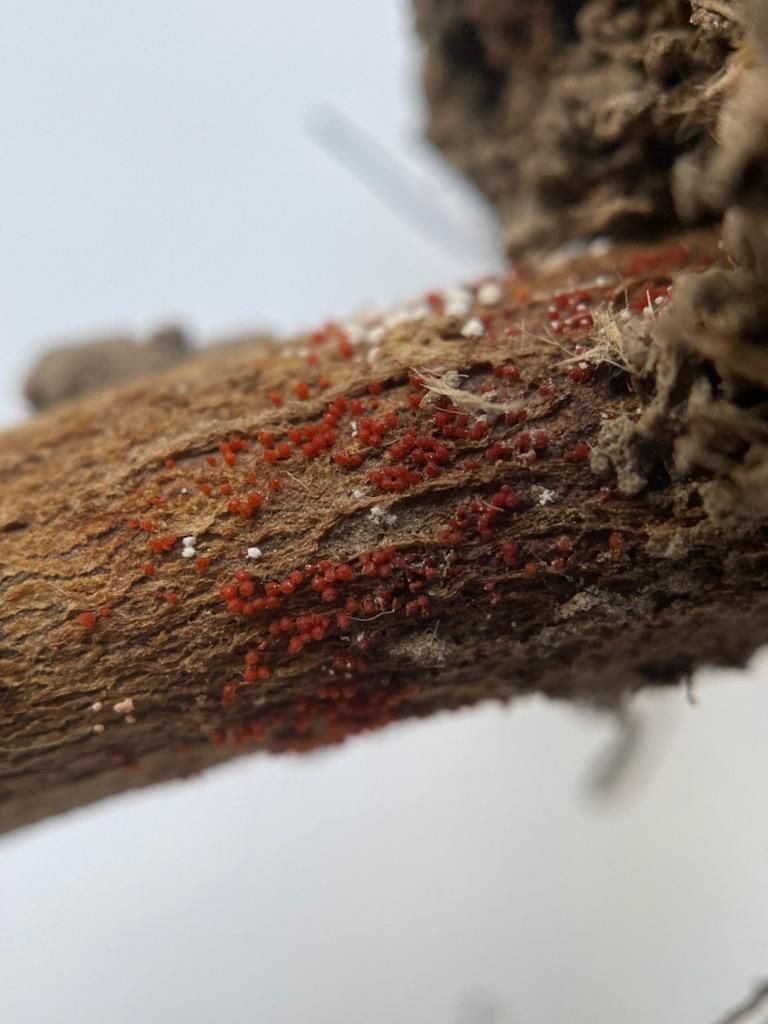Red crown rot (RCR) continues its march across the Midwest, with the first confirmed case in Minnesota. The soilborne soybean disease known to weaken plants and cut yields was detected in a Rock County field in August, according to Dean Malvick, University of Minnesota plant pathologist.
“This is the first known case of red crown rot in Minnesota, and the nearest known infection before this was more than 400 miles away in NW Illinois,” Malvick wrote in a University of Minnesota Extension bulletin. “It raises questions about how this pathogen is moving and whether it has gone undetected in other fields.”
A Disease on the Move
Red crown rot was first found in Midwest soybean fields in Illinois in 2018 and had spread to multiple fields in Illinois, as well as fields in Missouri, Indiana, Ohio, and Michigan. It has also recently been confirmed in south-central Wisconsin. The modes by which red crown rot is spreading in the Midwest are unknown.
Crop Protection Network
Management Challenges Ahead
Managing red crown rot could prove challenging. So far, most soybean varieties tested in the Midwest appear susceptible, and researchers say the fungus can persist in the soil for years, making management difficult.
“The red crown rot pathogen is thought to survive for multiple years in soil, thus minimizing the usefulness of crop rotation,” Malvick said in his Extension bulletin.
Some seed treatment fungicides have shown potential to reduce the disease, but more research is needed to determine which products and practices are most effective and how widespread the pathogen may be in Minnesota.
What Farmers Should Watch For
Dr Carl Bradley, University of Kentucky
RCR is caused by the fungus Calonectria ilicicola. Stephanie Porter, an outreach agronomist for the Illinois Soybean Association, said, “Foliar symptoms look similar to sudden death syndrome (SDS), stem canker, or brown stem rot, where foliar symptoms are caused by a toxin produced by the pathogen in the root that is then sent to the leaves following a midseason rain.”
Additional symptoms include a reddish stem, root discoloration, and root rot. Symptoms can be difficult to distinguish from other stem and root diseases such as SDS, brown stem rot, and stem canker. Severely infected plants senesce prematurely, with the leaves staying attached to the plant. In contrast, SDS-caused early senescence is characterized by leaves dropping from the plant.
“This disease is a lot like SDS,” Porter said. “However, it has distinctive bright-red fruiting structures at the base of the stem called perithecia.”
Although red crown rot is known to occur in only one Minnesota field, Malvick cautioned it can be difficult to diagnose and could have escaped detection in other fields. Researchers are working to determine how widespread red crown rot may be in Minnesota and what steps farmers can take to reduce future risk.

